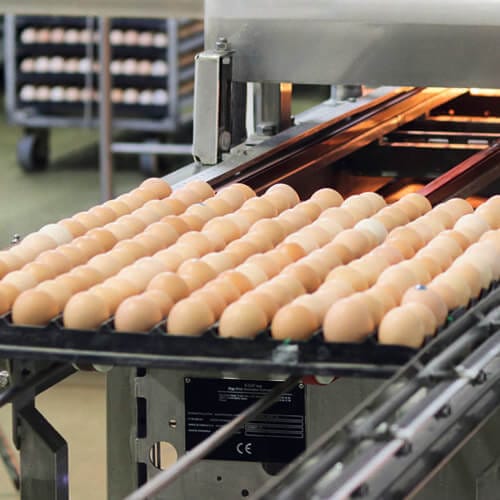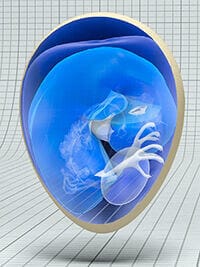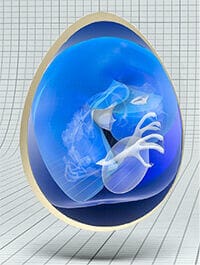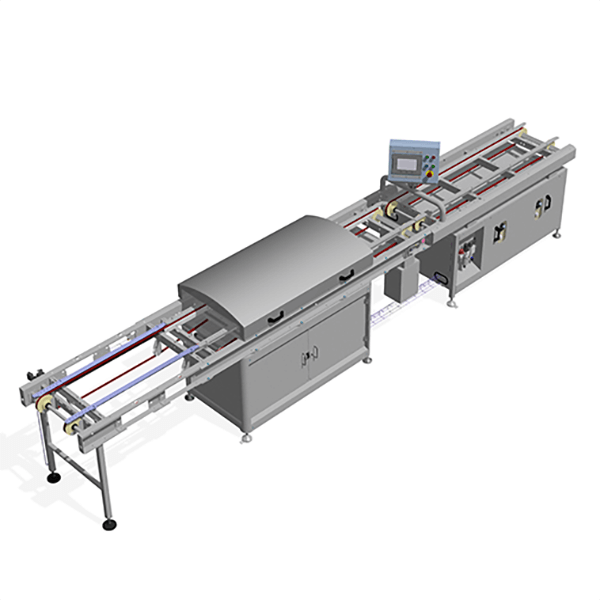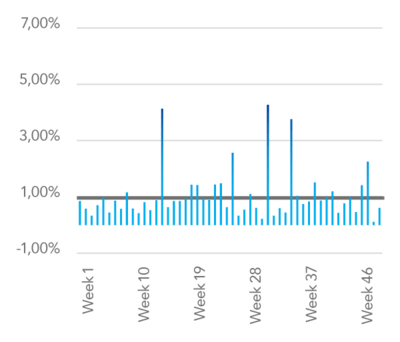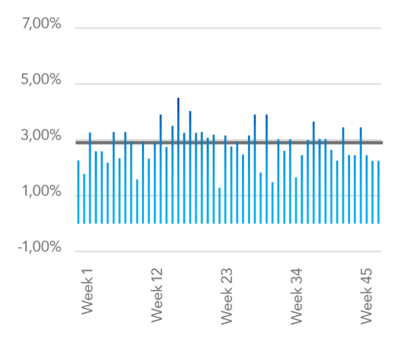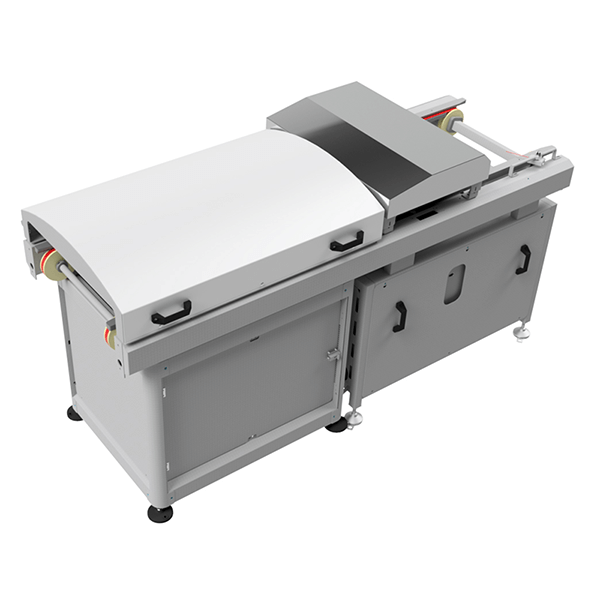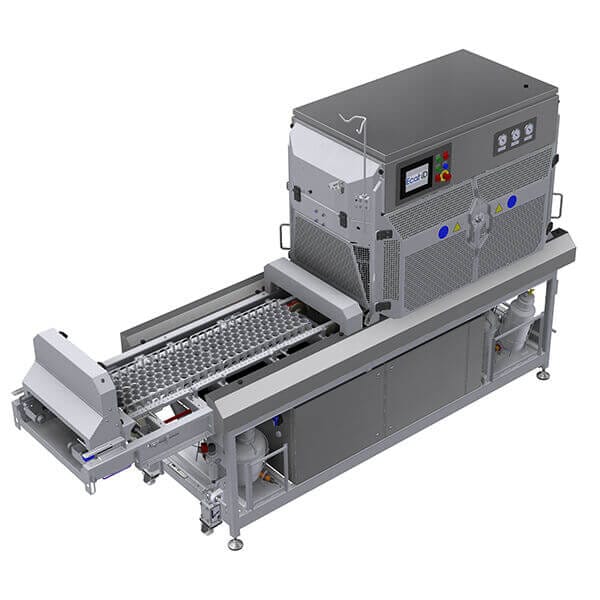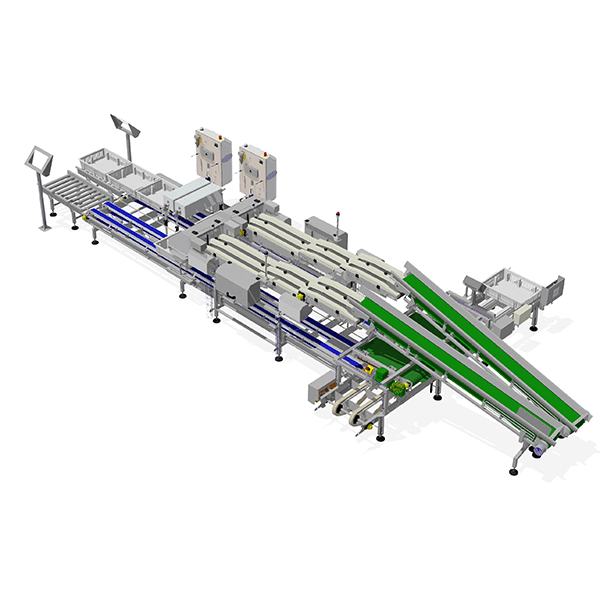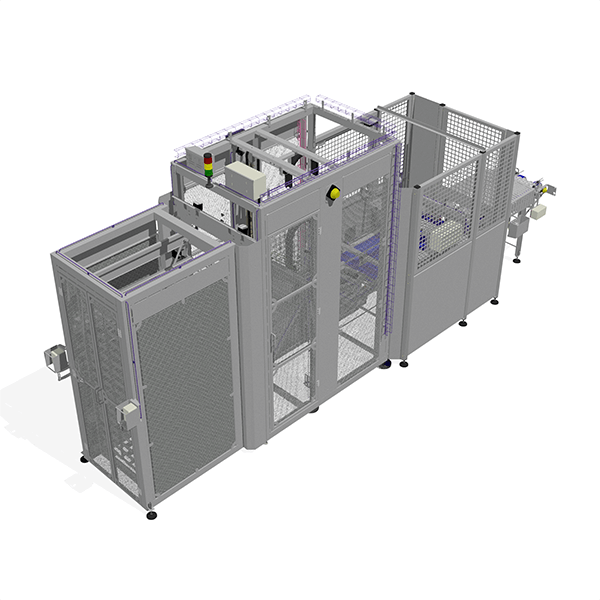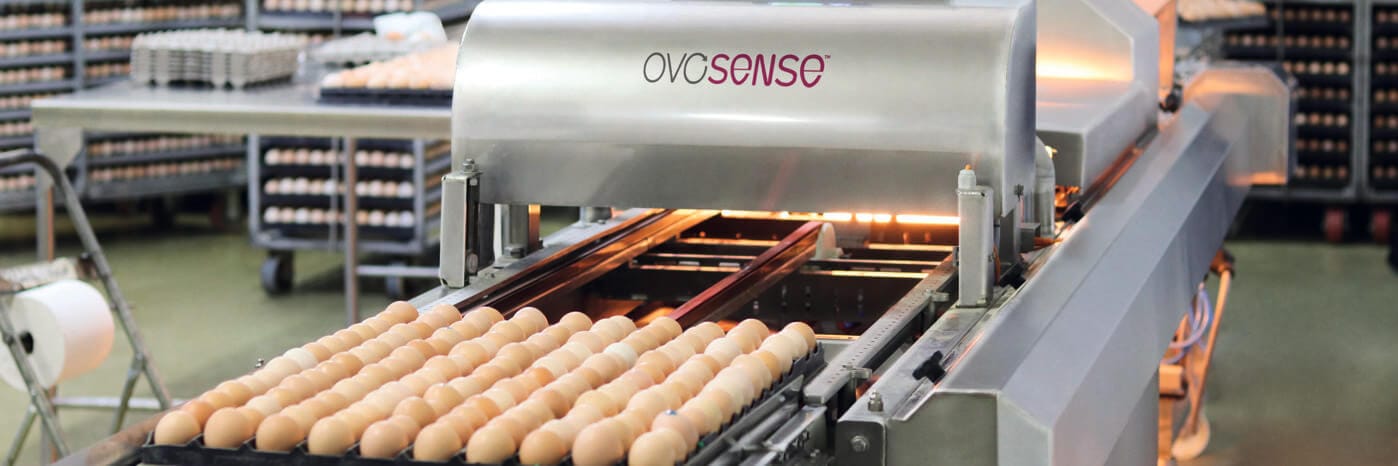
Hatch 100% into quality DOC
What it is
The innovative Ovosense®, identifies and marks the upside-down eggs. Ovosense® improves the hatchery output by offering fast, simple and effective egg setting analysis.
How it works
- Eggs coming from the breeder farms are normally transferred into hatchery trays.
- During this step, eggs can be wrongly positioned. These are called upside-down eggs.
- Via innovative sensors, Ovosense® detects eggs that are located upside down and marks them.
- Then the marked eggs can be manually set properly.
What is an upside-down egg?
PROPER SETTING
Embryo's head is towards air chamber in the blunt end. The embryo will use the air chamber to breath at hatch.
UPSIDE-DOWN EGG
Embryo's head is located away from the air chamber. The embryo cannot reach the air chamber to breath at hatch.
Equipment features
- Non Operator Dependant: all the eggs are well set
- High Speed Solution: reach up to 90,000 eggs analysed/hour
- Massive ROI, specially with young flocks and round-eggs breeds
- High accuracy: detection accuracy is reaching 99.9%
Why is it so important?
Embryos from upside-down eggs will not hatch regularly. If they do, they are normally discarded as cull chicks.
On average, 1% to 3% of eggs delivered to the hatchery would be upside down depending on the automation level. Identification of upside-down eggs before incubation gives a chance for 100% of the fertile eggs to produce a good day-old chick.
Case A: Yearly data from a non-integrated hatchery, shows an average of 1.04% upside-down eggs.
Case B: Yearly data from an integrated hatchery, shown an average of 2.82% upside own eggs.
- 1% upside down eggs represents around 489,000 day-old-chicks.

